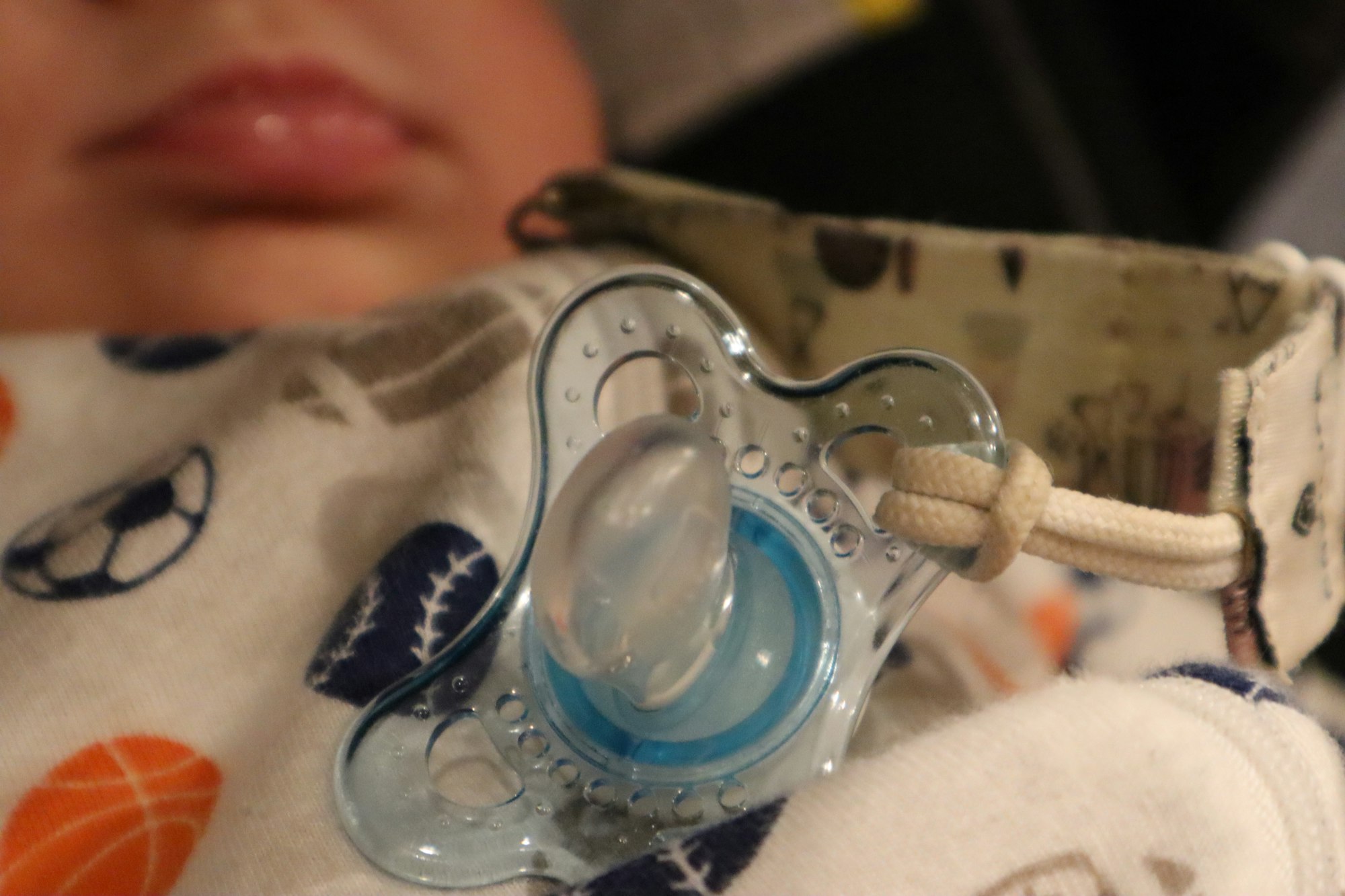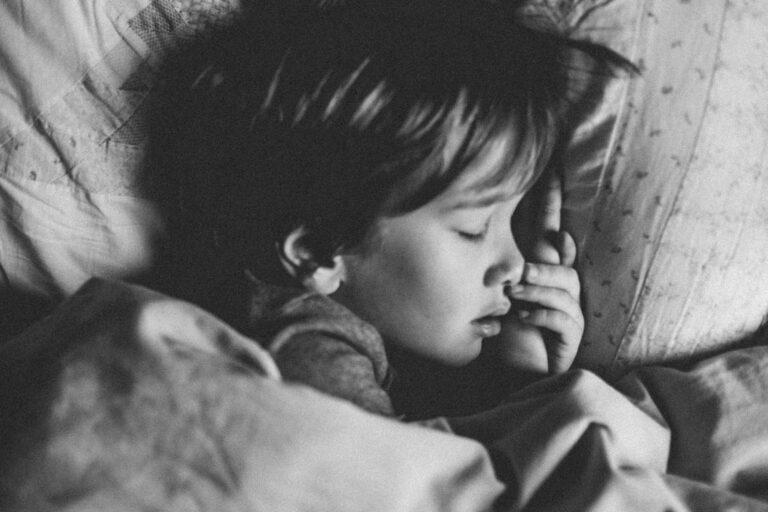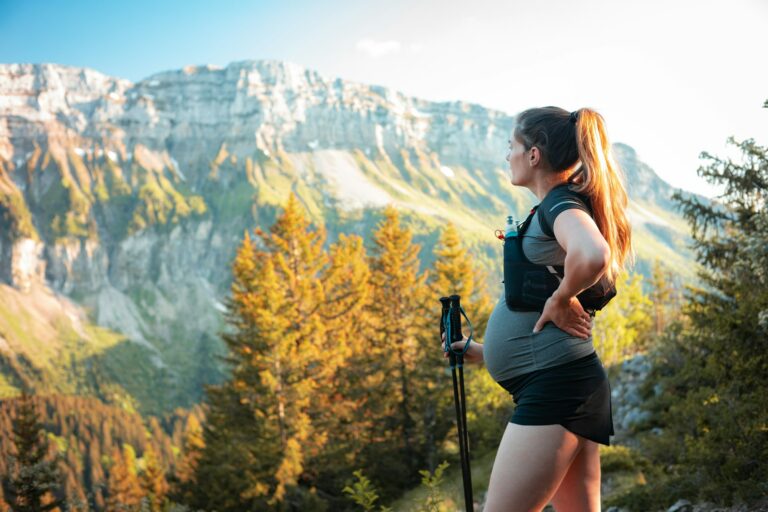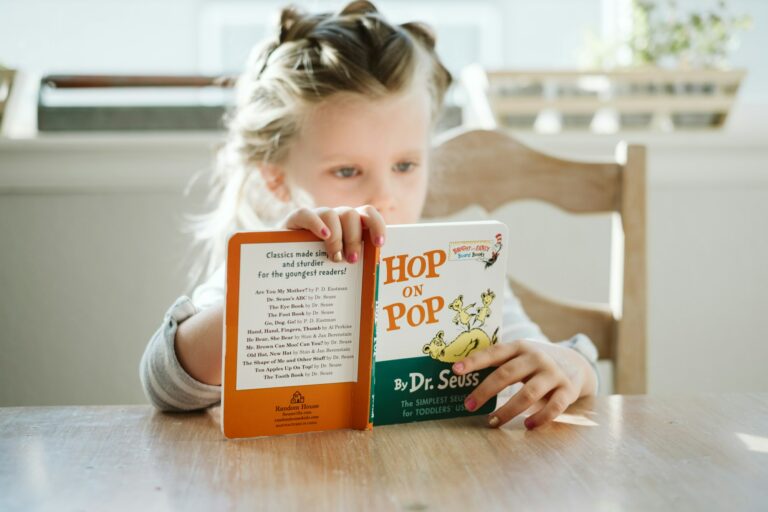For many parents, the question Are pacifiers good or bad for babies? lingers in the late-night hush—right there with the baby monitors, the blankies, and the endless stream of contradictory advice. Does reaching for a pacifier mean relief… or regret? Are pacifiers simply a shortcut to comfort, or do hidden risks lurk behind the plastic shield? As new parents, you juggle concerns around soothing, safety, breastfeeding, dental development, and, undeniably, your own peace of mind. Here lies a world of subtle trade-offs, medical realities, cultural habits, and—most importantly—the individuality of your baby. Let’s untangle these threads, bring precise answers, and empower your choices.
The innate need for sucking: Why does it matter?
Are pacifiers good or bad for babies? That question invites us straight into biology. Even inside the womb, ultrasound scans often reveal a thumb gently sucked, a sign unmistakable: the sucking reflex is primal, neurologically embedded before birth. After delivery, this instinct persists. Sucking at the breast, on a finger, or a pacifier releases endorphins, creating a cascade of calming effects and pain suppression—a phenomenon measured in numerous clinical studies during procedures such as heel pricks or vaccinations.
But the story goes further. Several large-scale studies link pacifier use during sleep with a lower risk of sudden infant death syndrome (SIDS). Although the exact mechanism isn’t fully clear, research posits that the act increases arousal thresholds, helping babies maintain airway integrity. It’s not rare to encounter a physician reassuring parents: “A pacifier at naptime? Far from a simple soother—it might be a guardian.” Yet, some infants never take to pacifiers, instead favoring thumb-sucking or cuddling a soft cloth. Both routes are instinctively valid—what matters is comfort, and a calm, soothed baby often brings calmer parents, less stress, and an environment more conducive to positive emotional responses. Preventing excessive crying has a well-demonstrated value in reducing unsafe reactions such as shaken baby syndrome.
The history and culture of pacifier use across the world
Cast your imagination back thousands of years—babies were calmed with silver spoons, beads, pearls; relics of an era before the invention of modern baby products. With time, materials improved: silicone and latex replaced less safe substances, and shields with ventilation holes became the norm. Yet, even today, the question Are pacifiers good or bad for babies? receives different answers across cultures.
In some regions, pacifiers are embedded in routine and handed out in every nursery bag. In others, they are shunned due to worries over oral development, speech, or feeding patterns. Pediatric societies globally recognize the comforting urge to suck but advise parents to tailor pacifier practices—never a one-size-fits-all.
How to choose the right pacifier: Safety and fit
A jungle of shapes, materials, and sizes awaits any parent in the baby aisle. So, when asking Are pacifiers good or bad for babies?, consider these factors:
- Nipple shape: Symmetrical, also called anatomical, nipples suit babies who often invert pacifiers in their mouths. Sloped, orthodontic nipples are designed to distribute pressure gently across the palate.
- Materials: Silicone pacifiers are typically more durable and less likely to become sticky than latex. Both are considered safe when they conform to safety standards.
- Shield: Ensure it’s solid, one-piece if possible, and wider than 1.5 inches to avoid choking.
- Ventilation: Holes in the shield reduce skin irritation and minimize asphyxiation risk.
Size remains surprisingly flexible: many infants are content with newborn-sized pacifiers well into later months. Follow your child’s comfort cues—preference outweighs the marketing hype.
Practical considerations: Introducing and using pacifiers effectively
Are pacifiers good or bad for babies?—the answer shifts as we consider individual needs:
- First, distinguish your baby’s signals. Hunger, discomfort, the need for emotional closeness—none can be solved by a pacifier, and using it as a universal “mute button” may mask other important cues.
- Inspect the pacifier before every use. Any sign of tear or crack? Replace at once.
- Clean thoroughly. Hot, soapy water suffices; avoid sterilizing with your mouth—a common parental shortcut that transfers adult oral bacteria and raises infection risk.
- Avoid sweeteners. Never dip in sugar, honey, or syrup. These practices are definitively linked to early childhood dental cavities.
And for those using pacifier clips? Keep the strap short—never tie the pacifier around your baby’s neck. These small details anchor your daily routine in safety.
Timing matters: Pacifiers, feeding, and the question of nipple confusion
Medical recommendations generally advise parents to wait until breastfeeding is well established—often around the second to fourth week—before offering a pacifier. Why? Early pacifier use may trigger what is clinically known as nipple confusion. An infant, faced with different sucking techniques, could begin to prefer the easier flow of a pacifier, potentially reducing interest in breastfeeding itself and impacting milk supply.
Veteran parents may recall: some babies simply refuse all artificial nipples, no matter how many styles you trial. That is healthy too. For formula-fed babies, pacifiers can be used more flexibly, but always observe your baby’s signals and respect refusal.
Incorporating pacifiers into daily rhythms
Night falls. The nursery quiets. A soft pacifier can help signal relaxation, smoothing the transition into sleep. Used wisely—after feeding, during moments of fatigue, or at stressful times—pacifiers supplement, but ought not to replace, parental comfort.
As your baby matures, language blossoms. Pediatric speech therapists and developmental experts encourage pacifier-free moments during play, reading, or interaction. These windows support correct tongue placement and burgeoning speech.
Ritualize pacifier use to certain times—bedtime, naptime, soothing after a minor bump. For comfort and ease, many parents introduce a favorite soft toy or blanket alongside the pacifier. This gradual layering fosters flexibility for future transitions.
Medical benefits: Science behind the calming
The debate—Are pacifiers good or bad for babies?—cannot ignore science. A pacifier, presented thoughtfully, can reduce excessive crying, enhance parental well-being, and, especially among preterm infants, support oral feeding skill acquisition. In the clinical literature, the correlation between pacifier use and reduced SIDS risk is repeatedly confirmed, particularly in infants under six months.
But let’s not idealize: pacifiers must never be a replacement for human touch, voice, and responsiveness. They are one tool in the ever-expanding parental toolkit.
Drawbacks and potential risks: Weighing the negatives
Nothing in child-rearing arrives without trade-offs. When analyzing Are pacifiers good or bad for babies?, potential concerns include:
- Nipple confusion if introduced before breastfeeding is well established.
- Ear infections: The risk increases, especially in toddlers beyond six months, as eustachian tube dynamics evolve and exposure lengthens.
- Orthodontic impacts: Prolonged use—especially beyond age two—can contribute to dental problems like anterior open bite and posterior crossbite. Early dental visits, around the time your child turns three, become essential for monitoring.
- Dependence: Emotional reliance on the pacifier can make weaning an emotional journey, sometimes fraught for both child and parent.
- Hygiene risks: Damaged or dirty pacifiers raise the chance of oral infections and even choking.
Mitigating these risks centers on careful use: clean regularly, inspect frequently, limit duration, and provide alternative sources of comfort.
Weaning strategies: How and when to say goodbye
Children outgrow pacifiers naturally—usually before school age—especially when supported by gentle, gradual weaning. Most expert guidelines, including those from pediatric and dental associations, suggest beginning this process between 12 and 18 months. At this stage, attachment is secure, and your child is developing alternative coping skills.
How to start? Begin by limiting use to specific situations: only in bed, for naps, or during illness. Gradually reduce these windows, offering other comfort tactics: a beloved plushie, shared rituals, or extra cuddles. Some families celebrate the transition with a simple “Goodbye, Pacifier” rite or even consult the mythical “Pacifier Fairy” for a creative departure. Occasional regressions are entirely normal—gentle patience and affection ease the path.
Myths, experts, and practical wisdom: Navigating opinions
Myths persist. Some declare that all babies require pacifiers, or that “dirtying” one in your own mouth is hygienic. Others insist all pacifier use leads to orthodontic catastrophe. Pediatricians and pediatric dentists agree: pacifier use, especially if aligned with recommended practices, is generally safe, can be beneficial, and most drawbacks are minimized by monitoring, cleaning, and timely weaning.
Are pacifiers good or bad for babies? A nuanced answer: they offer comfort, foster self-soothing, and may reduce SIDS risk; risks rise mainly with excessive duration or poor hygiene. The final decision rests uniquely with you, shaped by your child’s needs and your family’s rhythms.
Key takeaways
- Are pacifiers good or bad for babies? The research demonstrates both valuable benefits—soothing, SIDS prevention, support for parental confidence—and the importance of careful, time-limited use.
- Pacifiers best comfort babies after immediate needs are met. Never use them as a universal solution for crying or distress.
- Early introduction can disrupt breastfeeding; wait for establishment before offering, especially for breastfed infants.
- Hygiene is non-negotiable: clean with hot, soapy water, and replace when worn or damaged.
- Extended use, especially past age two, increases risks of dental and ear issues; begin weaning, ideally between 12 and 18 months, focusing on gradual reduction and alternative comfort strategies.
- Expert consensus: Pacifier use, when cautious and age-appropriate, is a safe option—not a universal necessity.
- For ongoing support, up-to-date information, and personalized advice on your child’s health, download the Heloa app—your gateway to tailored questionnaires and practical guidance.
Every baby is wonderfully unique. Your informed, loving choices are at the heart of healthy development.
Questions Parents Ask
Do pacifiers affect a baby’s speech development?
Many parents wonder if using a pacifier might influence language learning. Occasional pacifier use, especially during sleep or to soothe discomfort, does not typically delay speech. The important thing is to offer plenty of pacifier-free moments while your child is awake and engaged with you—talking, playing, or exploring. Regular interaction, reading and responding to your baby’s sounds are the best ways to encourage natural language development. Extended pacifier use during active periods may reduce opportunities for babbling and practicing new sounds. Reassure yourself: a balanced approach with mindful pacifier breaks supports both comfort and communication.
At what age should pacifier use be stopped?
It is natural to wonder when to begin gently saying goodbye to the pacifier. Most specialists suggest starting to limit use between 12 and 18 months, as this is a period when children begin developing other ways to self-soothe and communicate. Gradually reserving the pacifier for sleep or difficult times helps make the transition smoother. Don’t worry if your child needs a little more time; each child moves at their own pace. Encouragement, alternative comforts like a favorite toy, and plenty of affection can ease this change with kindness.
Can pacifiers help babies sleep better?
Many families notice that pacifiers can provide comfort at bedtime, helping some babies settle more easily and fall asleep peacefully. Sucking is soothing by nature, and for certain infants, offering a pacifier during sleep can signal relaxation and contribute to restful nights. There’s also reassurance in knowing that safe pacifier use is linked to a decreased risk of SIDS in young babies. If your baby doesn’t seem interested, rest assured—that is completely normal too. Every child finds their own way to comfort and calmness at bedtime.
Further reading:









